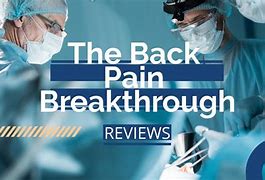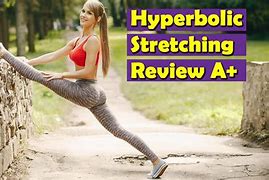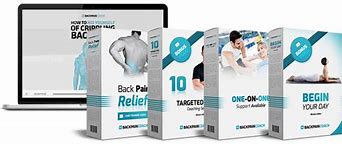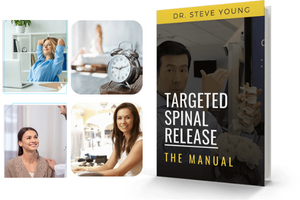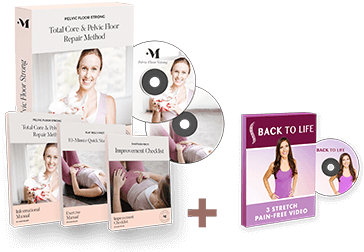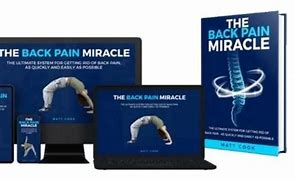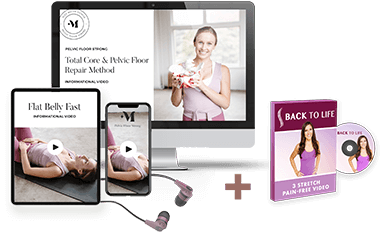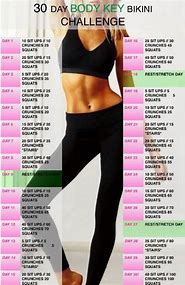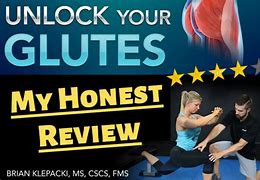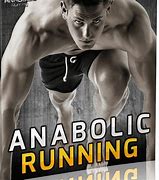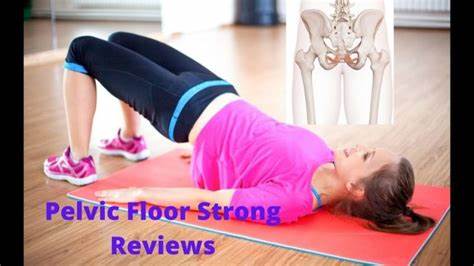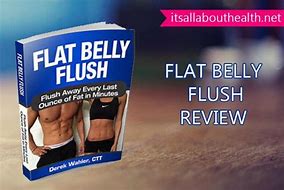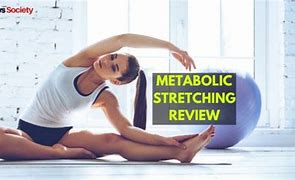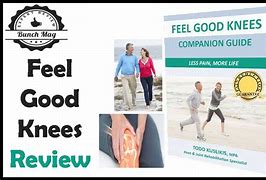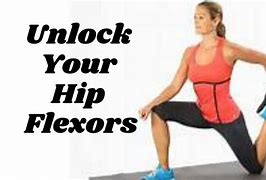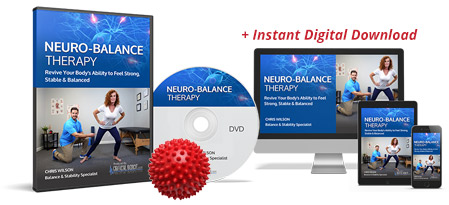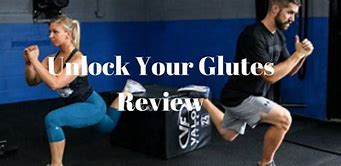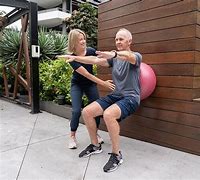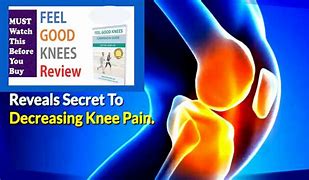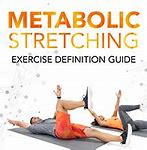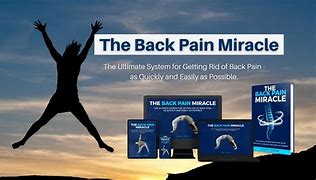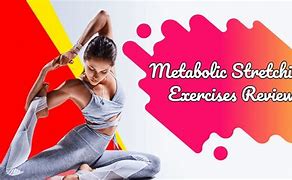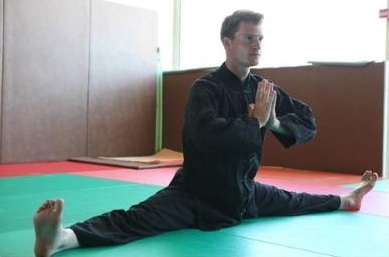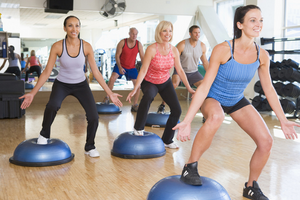How to Unlock Hip Flexors
How to Unlock Hip Flexors
If you want to learn how to unlock hip flexors you’re not alone. Millions of people of all walks of life are searching for a solution to unlock tight hip flexors.
Contrary to what most people believe sitting for long periods of time isn’t the only thing that causes your hip flexors to become tight. Things such as lifting heavy objects, not stretching properly, jogging, and cycling can also cause your hip flexors to tighten up.
Other causes of injured, strained, or tight hip flexors are weak muscles, stiff muscles, falls, and sudden movements or change in direction while you’re running or moving around.
Hip Flexor Muscles
Before we go more into what causes your hip flexors to become so tight (sedentary lifestyle), the symptoms, and treatments to loosen them it makes sense to first learn more about your hip flexor muscles. Your hip flexor muscles can be defined as a group of muscles which is sometimes referred to as the iliopsoas (inner hip muscles).
The 2 muscles that make up the iliopsoas are the psoas and iliacus muscles, which is why they’re often called iliopsoas. These 2 muscles will come together so your legs can swing forward while you’re running. For this reason the iliopsoas is your main and strongest muscle in the hip flexor muscle group.
The reason why the iliopsoas muscle is the most important hip flexor is because it’s responsible for various bodily functions such as:
-
Walking.
-
Running.
-
Supporting your upper body.
-
Rotating the thigh laterally.
-
Helping to maintain proper movement and stabilization of your pelvis.
Other hip flexor muscles include:
-
tensor fasciae latae
-
rectus femoris
-
iliacus
-
sartorius
With so many important functions you can see why if your hip flexor muslces become tight, strained, or painful it can cause various problems.
Tight Hip Flexors
Tight hip flexors can cause some serious issues like pain and stiffness in your back, arthritis, belly pooch, knee pain, hip pain, and make it hard for you to move around comfortably.
This is why learning how to unlock hip flexors is so important. You won’t feel 100% like yourself until you learn how to release hip flexors.
Before we get into how to unlock hip flexors it’s important to know what symptoms to look for.
Tight Hip Flexors Symptoms
How do you know when your hip flexors are strained, injured, or tight?
Some of the most common symptoms of tight hip flexors to look out for include: severe pain or discomfort in the pelvis or hip area, muscle cramps in the upper leg, soreness or tenderness in the upper leg area, discomfort or pain in the front groin area, and muscle spasms in either your thighs or hips.
Tight Hip Flexors Test
You can also know if your hip flexors are too tight by performing “The Thomas Test”. To perform the Thomas test to assess the tightness of your hip flexor muscles you’ll need to first sit down on the edge of a bench or long table.
Once you sit down pull one of your legs to your chest by the knee, and then lay down flat on your back. If your other leg doesn’t stay flat on the bench or table you’re laying down while you’re pulling your leg to your chest then you have tight hip flexors.
How to Unlock Hip Flexors
By far the most common question we get on our site is how to get rid of tight hip flexors.
When people ask us what’s the best way to get rid of hip flexor pain and tightness for good when it seems like stretches, rollers, and physiotherapy aren’t helping we almost always recommend:
Over the past few years my hip flexors were super tight and were really starting to bug me. I’m a triathlete but like most other folks I sit a lot for work and it’s hard to deny the impact sitting was having on my tight hip flexors.
And because my hip flexor tightness was throwing off my glutes and lower back I was getting worried whenever I did certain exercises like RDLs, squats, and on just about every run.
I went to see a physiotherapist who couldn’t really tell me what was causing the problem. I tried doing different stretches and foam rolling which only provided me with some temporary relief at best.
Despite regularly doing the stretches my physio recommended I still had the “clicking” whenever I walked, and my tight hip flexors were starting to affect my posture/running form when I ran. I just don’t feel like I was getting to the right spots in my hip flexors to really fix the problem.
After battling with my weak hip flexors for a while it ended up causing me all types of problems from lower back pain to sore knees. I couldn’t afford the $45 per session my physio was charging me so I started searching for other ways to keep my hip flexors healthy.
I felt like I needed to find a solution to this problem fast because I could foresee a lot of adverse effects and injuries from this.
What’s Inside?
The program provides you with the easy to follow “flow” method, which is a sequential flow of movements designed to unlock specific muscles within your hip flexors in a certain order to permanently get rid of the tightness, pain, and discomfort you’re experiencing.
The reason your tight hip flexors don’t seem to improve regardless of how many stretches and exercises you do is because you’re incorrectly releasing one muscle before the other.
For example, I already knew about many of the techniques outlined in this program, but it wasn’t until I discovered this simple “flow” formula did I learn how to do them in the correct order did things really start to improve for me.
Inside Unlock Your Hip Flexors you’ll be introduced to a total of 10 exercises with a step by step video explanation by Rick himself showing you the proper sequence and how to perform each exercise.
Each of these 10 exercises will target the hard to reach muscles inside your hip flexors in order to get almost instant relief from hip flexor tightness and other symptoms.
The Results
The program is definitely designed to deliver fast results, as most of our subscribers who tried it quickly fixed their hip flexor problems after applying each step of the simple to follow formula.
Some of our users managed to finally get rid of the tightness and pain in their hip flexors and other areas like their lower back within the first 15 minutes of using these techniques… which is hardly bad.
The Bad
This isn’t for everyone…. if you’re not familiar with things like the psoas muscle the information inside this program might seem a little too technical for some people at first.
However, the step by step walk through videos of Rick demonstrating how to perform each technique makes it easy for anyone to begin using the program and quickly start experiencing great results.
If you don’t feel like it’s for you, just return it.


